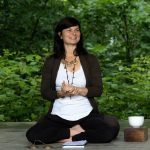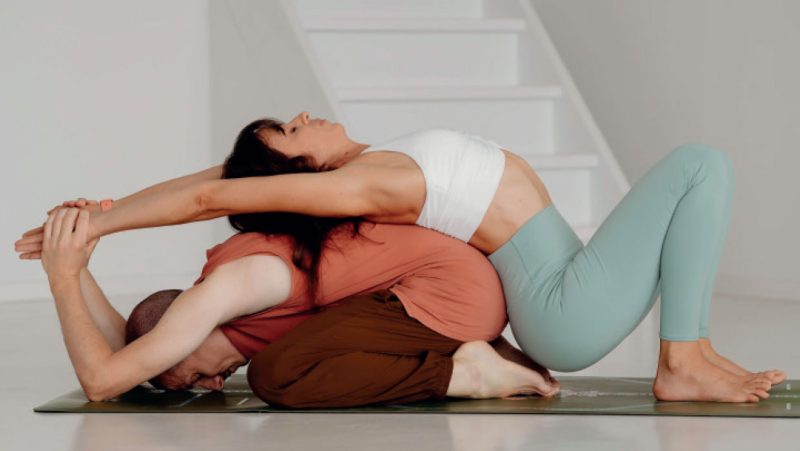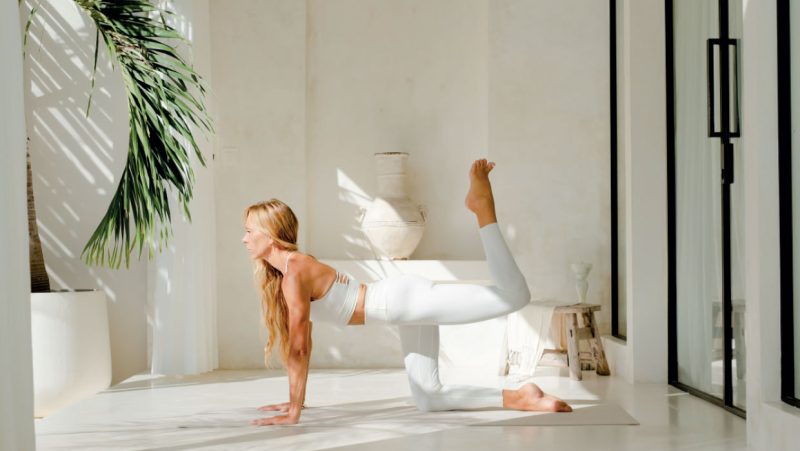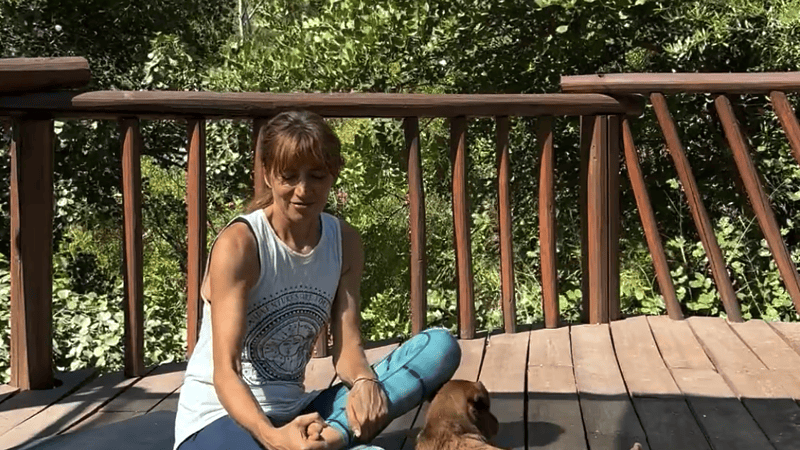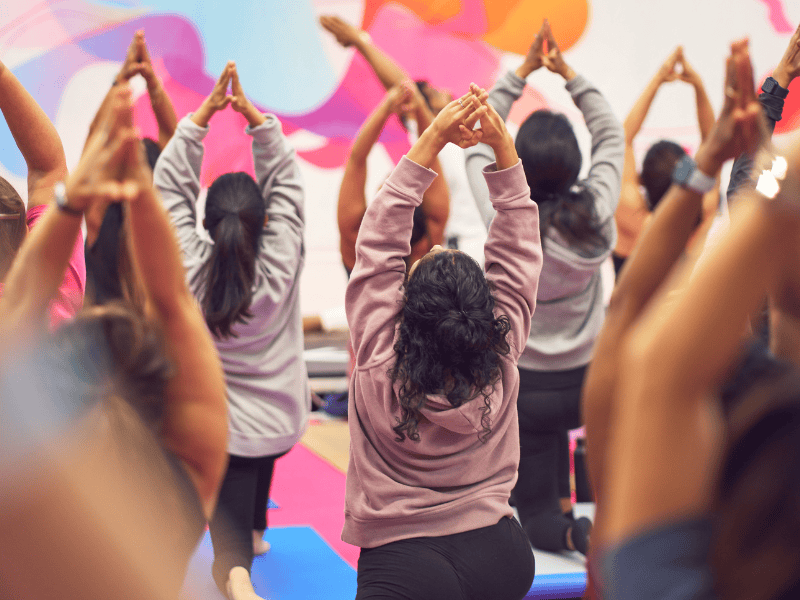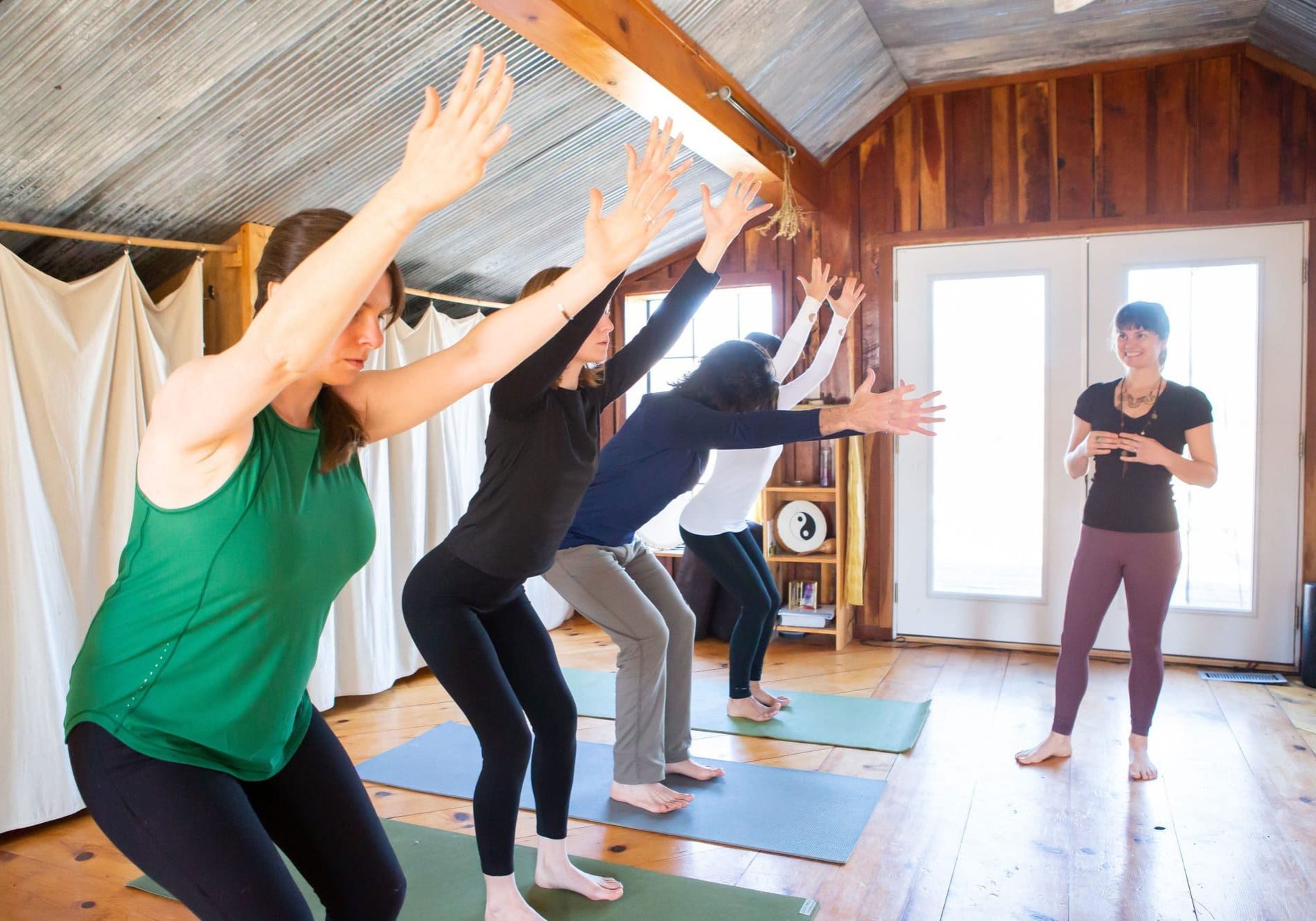
Aligning Breath with Movement
Have you ever considered that breath could be more than just a backdrop for your posture practice? When integrated intentionally, the breath becomes an active partner, seamlessly supporting and enhancing each movement.
Reading time: 3 minutes
By aligning specific phases of the breath with the demands of each pose—a practice known as biomechanical matching—you can amplify the benefits of your practice, build stronger physical support, and even cultivate a deeper connection to the present moment.
Why Breath Matters in Movement
Each phase of the breath—inhale, exhale, and the pause between—has its own biomechanical qualities that influence how the body moves and supports itself during yoga practice. By understanding these qualities and aligning them with specific postures, practitioners can move with greater efficiency and mindfulness.
The Inhale: Key to Lifting and Lengthening
During the inhale, the ribcage expands and the diaphragm contracts. The result is that the body naturally lengthens and elevates.
This makes the inhale the perfect biomechanical match for extending the spine, as seen in backbends. During inhalation, the spine elongates, reducing pressure on the lumbar region and creating a sense of spaciousness. The buoyancy of the inhale also helps prevent spinal compression, allowing practitioners to explore backbends with greater safety, ease, and depth.
The Exhale: Support for Forward Folding
In contrast, the exhale naturally draws the musculature in and down, making it an ideal companion for movements that require contraction, such as forward folds or spinal flexion.
An active exhale also tones the core forming a protective "corset" around the lumbar spine. This engagement can make forward folds safer, deeper, and more intentional.
The Pause: Time for Stillness and Integration
The pause in the breath occurs at the top of the inhale and the bottom of the exhale, marking the transition between these two phases. During this brief moment of stillness, the body absorbs—or integrates—the effects of the previous breath.
A Biomechanical Approach.
Biomechanically, the pause corresponds to cessation of movement, or stillness. During these precious moments, practitioners have the opportunity to cultivate a deeper awareness of their inner state. This grounding effect helps anchor the body and mind in the present, fostering a sense of stability and clarity that supports intentional movement.
Try It: A Breath and Movement Exercise
Here’s a simple exercise to experience the power of aligning breath with movement:
- Backbend with Inhalation
Start in a standing position with your feet hip-width apart. As you inhale, slowly reach your arms upward and gently arch your upper back. Feel how the inhale creates length in your spine, lifting you upward without compressing the lower back. - Forward Fold with Exhalation
As you exhale, soften your knees, bring your arms down, and fold forward. Feel the breath drawing inward, hollowing the torso, and creating space for the body to fold. - Pause
At the bottom of your forward fold, pause for a moment between breaths. Though it may not last very long, notice any degree of ease in the body and quiet in the mind. - Repeat for a few minutes.
This simple practice demonstrates how breath can support and guide your movements, making your practice both safer and more connected.
Your Breath as a Built-In Support System
Integrating breath with movement not only enhances the body's mechanics but also fosters mindfulness and presence. The act of aligning breath with movement can transform our practice into a deeply embodied experience.
When we access the deep intelligence that resides within the breath, we create space for greater self-awareness and connection. This simple yet profound practice allows us to move beyond the mechanics of postures and embrace yoga as a living, breathing process of (self) discovery.

